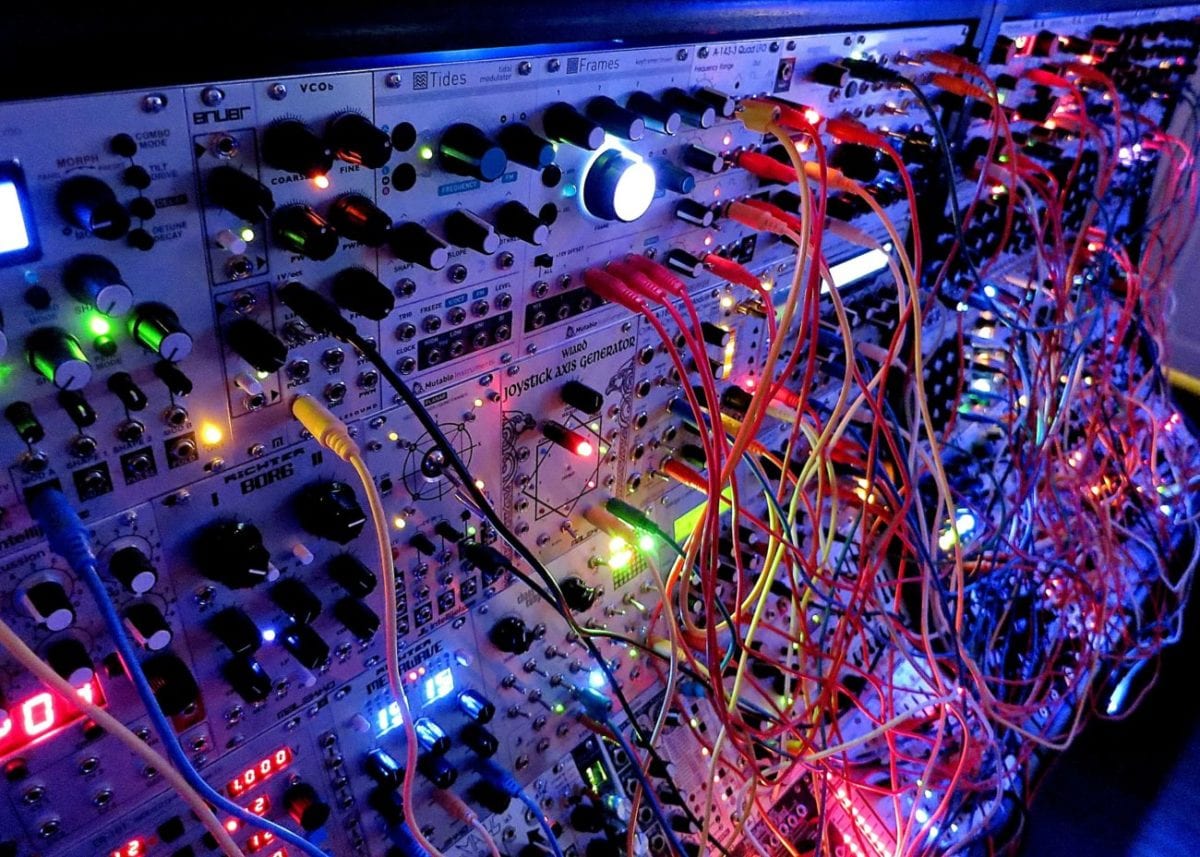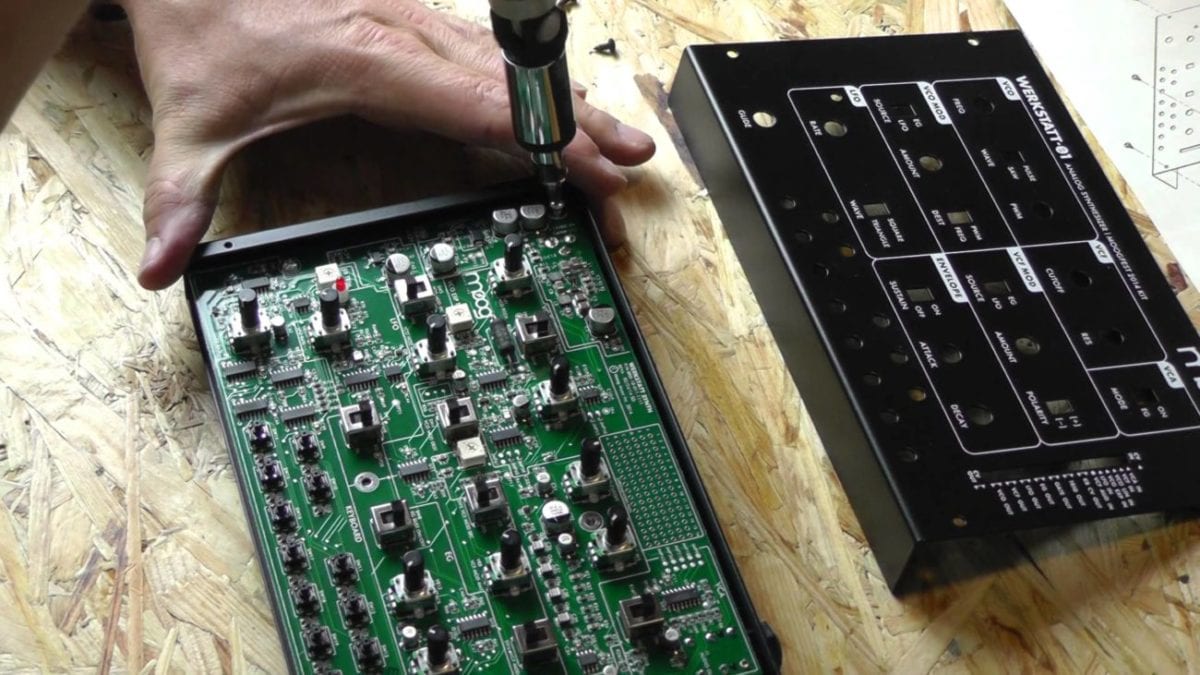
With the rise of social media has come an increase in the traditional media of photography. In the past, to share an experience with a friend, you would have to use a Polaroid camera to capture an instant image and stick it onto their fridge. This carried all sorts of logistical implications. The past time of Squash, which was incredibly popular throughout the eighties, often came part and parcel with the “social ruiner” of Squash Elbow, thereby reducing your capacity to develop-wank your photographs into pristine clarity.
Also, it was not always logistically possible to post your updates to the fridge, leading to extravagant and expensive key sharing schemes between friends, complete with all the expected faux pas “don’t you walk around your own house in the nude with headphones on too?” While it was novel waking up to a series of messages like “last’s nights lasagna” or “don’t believe his lies” in the morning, technology had to drive change.
This is where social media came in, driven by a wave of young adopters paving the way. Whether it is cat photography sharing website Twitter, body morphication portal Instagram or food sharing hub Instagram, snapshots of life have found themselves a quick and easily accessible home to all. With casual photography enthusiasts finding themselves transformed from bog standard Mark from Daventry to an E.L. James master of greyscales, wielders of iOS Android smart telephones are finding themselves in search of a greater range of subject matter.

"This is coffee. Is this coffee? It might be coffee. It certainly is a liquid."
Here is where the ludicroucity begins. By far the most popular model to find itself under the beady gaze of the optical lens is of the old stomach padding – food. Many restaurants have found themselves clamouring for the title of “most virus post” on the internet. The recent trend has erred towards self-assembly, shockingly playing on a crowd looking for novelty over substance or service.
As if directed my M. Night Shyamalan, you order a Bolognese only to find it served with the spaghetti draped over a coat stand, braised meat on a garden trowel and the rich tomato sauce ready for firing from a Nerf Super Soaker. After dinner cappuccino? Three test tubes containing espresso, steamed milk and foam, served with a disdainful “get assembling mate and make sure you tag us in the photo.” Why is food being served in parts? We can buy the parts already. Yet no outcry. The phenomenon is absolutely lapped up with many a “roffle” and “top kek.”

"I am Jack's crushing disappointment."
Quickly, the music industry has cottoned on to this in the most ruthless fashion and have realised that there is an audience out there who are eager to have their consumables split into pieces. Gone are the days where hardware was restricted to the state issued Technics 1200 and media could not have its future of mp3, egg vorbis and flocs foreseen. It’s time to call it out.
Modular Synths
Chief criminal is the modular synth. Woe betide anyone who bought a component expecting to issue a beep from a speaker, only to find they had spent £230 on a power button. This absolute money hoover of a hobby has seen young enthusiasts embrace an unsightly tangle of wires to achieve a sound. Industry veterans such as Casio have suddenly found themselves out of vogue for having the audacity to include a complete set of knobs and a keyboard in one package.
However the audience cannot be convinced. “I like the flexibility and the authenticity,” says 23 year old Williamsburg resident Bobson Dugnutt, “look at the TARDIS music in Doctor Who, you can’t get that from a contemporary packet off the shelf.” I first encountered Bobson when browsing the Instagram hashing tag #modnotgod and, over conversation, discovered how the hardware obsession had crept into his life.
“I wasn’t really into music from a creative perspective,” he told me over skype from a coffee shop that presumably served tea by firing the leaves from a CO2 cannon into a cup, “I had seen people post one of those original retro wooden synths on Instagram but I couldn’t believe it when I first saw modular. I thought it was some sort of visceral mash up of Jenga and Tetris, but when I tapped for sound… that was it.”
Over an 8 month period, Dugnutt quickly amassed – or, as those in the modular scene say, “racked up” – a $34k stack of components. “I still don’t have a great interest in music,” he continued, “but that is the genius of modular – you don’t have to. It looks great in shots and on all of the filters.” Now, thanks to internet triggering service IFTTT, his rig plays a random 8 minute track whenever he receives an @ mention.

"There are literally hundreds and thousands of blinking, beeping, and flashing lights, blinking and beeping and flashing - they're *flashing* and they're *beeping*. I can't stand it anymore."
While this might seem like a harmless diversion and a case of individuals spending their own money in a manner they see fit, there has been a greater social repercussion at work. While most of the younger demographic in the UK voted to remain in the EU as part of last year’s Brexit vote, the main reason trending with those deciding on leave was a rising sentiment against the Eurorack standard. Where there has been a chance to enact positive social change, manufacturers have simply heeded the call of capitalism and ignored a festering and ugly community such as those on reactionary enthusiast alt-gear website Gearslutz.
Moog
More incredulous than the concept of assembling a synth from the equivalent of grown up Lego, is Moog’s “brave” step beyond. A fond founding father of the complete and actually built synth scene, they have been tugging at the purse strings of consumers with their Werkstatt and forthcoming Drummer From Another Mother series. Not content with reducing a synth to a modular format, they have cut entire sections out of their manufacturing line by providing bare materials for the consumer to assemble in what they have described as. If you’re going for a comparison, it is like ordering a table from Ikea and having a tree, an axe, a wood plane and an alun key arrive at your door.

"The Moog Werkstatt. I mean, just put it in a box and sell it."
Visiting the Hoxton area of London, I spoke to the first ironic person I could get my hands on, who co-incidentally happened to have a Werkstatt hanging from a straps slung about their shoulders. “I picked up an authentic mid-century soldering iron,” area resident Beatrice Tesco told me, “I feel that we’ve lost a element of self-reliance in recent years that needs to be reclaimed.”
Moving onto the topic of the Werkstatt, she continued “I assemble all my technology in this fashion,” showing me through a build journal on her Samsung Galaxy S8, “I just couldn’t imagine buying a self contained complete package and the amount of interactions my Werkstatt story attracted really validated this.” Already Beatrice has plans to purchase the upcoming Drummer From Another Mother drum machine, eagerly showing me through some deep dive technical breakdowns on her Microsoft SurfaceBook, “I just don’t understand why anyone would buy an 808 without asking for it to be taken to pieces first.”
Native Instruments
Perhaps the boldest move in terms of exploitation has been in the playback of music. Seemingly as certain as the passing of time, the principle of piece of music playing end to end has been challenged by their STEMS concept. For those not in the know, pieces of music are reduced to their component parts. “It’s really about giving control to performers,” says CEO Daniel Haver, “and playing two records together, or sitting and listening to a piece of music… It’s not enough for the person at the end.”
While watching a demo of what avid adopters of the STEMS format have been creating with their Launchpad hardware over on YouTube, he spoke of the vision for the format. “The next step is to move to STABS, where we get much more granular with our music,” he detailed, “where it is not stretches of predefined STEMS dictating how the music is played but the individual sounds themselves.” It doesn’t just stop there, in an aim to branch out of the digital realm, Native Instruments have stuck a partnership with darling collective Giegling to bring a special 88 vinyl STEMS edition of Prince Of Demark ‘8’ out later this year.

"Oh hey, I can just listen to the hi-hats!"
In Conclusion
Apple’s genius of marketing was always its ability to sell a lifestyle rather than a product. This constructionist nature of a final product demanded by an audience desperate for unique identity on social media. In the past it was easy to attract engagement with a picture of a fish finger sandwich, now you need to showcase a cod, flour, some eggs, yeast, and a caption of “fingars tonight bbs!” with a couple of stickers to even garner a bit of care.
The industry has been quick to adapt. Manufacturing is down with damning effects on the labour industry, and artists have stopped touring and instead choose to leave a copy of Fruity Loops and a bespoke sample CD at venues. It is audience exploitation at its finest and it is about time we stand up and demand a degrees of ethics. Demand that your synths all come in a single box, step away from the download button on anything but a single and complete track, and delete your media sharing applications and embrace those heady days of Polaroid photography. It’s time to demand substance and not subst-andard-arnce.
Featured image from Alice Moore photography.